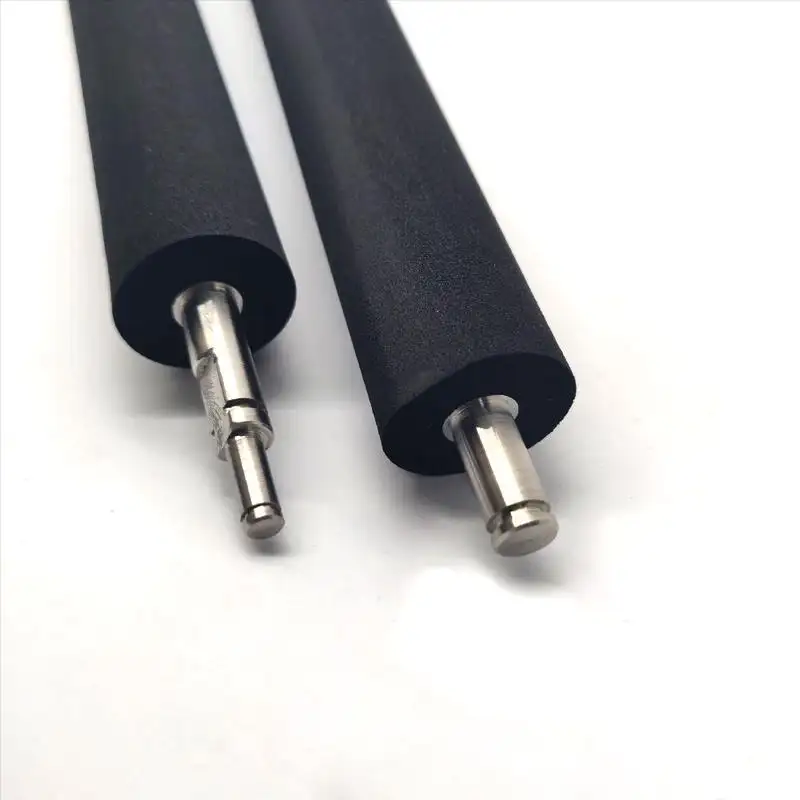While 457 King Street Newtown is not the most visually appealing photo store in Sydney, it’s been going strong for 12 years now and the business – or to be exact businesses – keeps getting stronger and is hard-pressed to keep up with demand, writes JOHN SWAINSTON.
It’s actually two businesses under the one roof – one selling second hand cameras and the other film processing services. Co-founders, industry veteran Chris Tiffany, a former sales director of Maxwell Optical Industries and before that, a sales executive at both Pacific Film and Hanimex, and relative industry newcomer Nick Vlahadamis, have found a formula for success that looks like there’s little holding them back as a second year of COVID approaches. Blue Gun Fuji Frontier 370

Apart from film and photo chemistry, almost nothing in the shop is new. All cameras are second-hand. You won’t find a digital camera in the place, except within the phones Chris and Nick uses for visually recording incoming purchase condition or job lots at auctions and estate sales.
Another surprise is that, as you enter, a full refrigerator of film faces you, containing Kodak, Fujifilm and Ilford products, with reserve stocks clearly visible behind the full shelves. In the small office to the rear of the shop lies a complete scan, develop and print Fujifilm Frontier system which gets a full workout on the six days the shop trades (Tuesday to Sunday). Apart from weekends, its 12 – 5pm trading hours might seem modest but, ‘Three mornings a week we are out at auctions and visiting vendors to source our stock of cameras, and we need time to service the new acquisitions prior to sale,’ said Chris Tiffany.
‘While I have an excellent technician for some jobs, both the lab and basic camera repairs I now handle,’ said Nick Vlahadamis. ‘Much of the lab support is online via remote monitoring. It’s reliable and we get results customers really like.’
For five years in the early naughties Chris had a successful antiques retail business nearby on King Street, selling a few antique cameras as well. Nick initially came in as a customer. After some months he dropped in with increasing regularity to help out. Then one day he said ‘WE need a bigger shop for all this photo activity,’ sparking discussion of a partnership.
In 2008 they found a new site nearby and shared sales activities. Film sales started with 10 rolls a week split amongst brands, but that rapidly grew to multiple ‘bricks’ each week, and then more again. Film processing in black and white was done on multiple Paterson reels in long tanks by hand, with a CD of scanned negs for clients. Colour processing was via a JOBO system. Soon the volume was just too much.
A second-hand Fujifilm 350 system was acquired from a retiring retailer in a nearby inner city suburb. Today they have upgraded to a Fujifilm Frontier 570r with SP3000 and 500 scanners. With an emphasis on clean chemicals and replenishment, the business is seeing increasing volumes of film processed, now numbering hundreds of rolls each week. The lab is Nick’s baby and it is a substantial boost to total revenues.
The day Inside Imaging visited was the last day of the post-Christmas break in the first week of January. Five customers enquiring about film availability knocked on the main door to the busy King Street outside, despite a clearly-marked ‘We are Closed’ sign.
‘The majority of clients are 30-something women keen to have a creative side to their lives, something which has actually seen an upturn in COVID times,’ explained Chris.
‘Having electronic files as part of the package means they get to share their pictures socially and large numbers of clients’ pictures end up on Instagram, exhibiting the real film difference,’ added Nick.
With film at between $10 (Kodacolor) and $18 a roll (Kodak Portra) and a charge of $20 for a roll of 36 images, processed printed and scanned, it’s by no means a cheap hobby. But the clients love the result. Black and White remains a very strong part of demand.
When asked if there were similar retailing models overseas Chris stated that it was Japan that most closely matched their operation. ‘Japan sets the global price for these cameras, especially the higher-end ones. It also guides client behaviours. Our greatest difficulty is sourcing top gear.’
‘I work the major Camera Market exchanges around the country each year, though naturally much harder in 2020,’ chips in Nick. ‘And we are constantly looking at deceased estate collections.’
There’s no formula out of a textbook here. It’s all about relationships with repeat customers and references to other new prospective customers. The knowledge is deep. Great connections globally provide informed answers pretty quickly when they can’t instantly respond to a question. Basic instructions are provided to new clients, but extended photo education is not part of the offering.
With two further part time staff, the 12 square metre customer floorspace makes for tight conditions. Pre-COVID queues into the street were not uncommon. Now the lines are even longer, to provide social distance. But clients wait patiently.
‘Our customers just love film with all its heritage and unique look,’ said Chris. ‘It’s a wholly different emotional journey. And now even the previously ignored compact 35mm point-and-shoots are gaining in popularity as homes are emptied when parents downsize, so there’s a whole new generation keen to discover film more affordably – and they seem to like what we offer.” – John Swainston
Well Chris, what a blast from the past. So glad to see you prosper in these greatly changed times. For so many of us the years are taking a toll but I still wonder if I’ve really retired or just changing gears or is it pixels. Down here on the far south coast we’ve been little affected by the virus, but greatly so earlier by the fires. Cheers Peter Cotton
Your email address will not be published. Required fields are marked *
Sign me up for the newsletter!
This site uses Akismet to reduce spam. Learn how your comment data is processed.

Fuji Minilab Would you be interested in joining a national professional photographers association to replace the AIPP?